Alright – so today we’ve got the honor of introducing you to Brooke Knippa. We think you’ll enjoy our conversation, we’ve shared it below.
Brooke, thanks for taking the time to share your stories with us today We’d love to hear the backstory behind a risk you’ve taken – whether big or small, walk us through what it was like and how it ultimately turned out.
I think a certain amount of risk taking is necessary in being a creative. There are so many unknowns in creative work. It’s a risk simply putting your work out there, hoping people will like it enough to buy it! Every time I do any sort of show I pray that people’s tastes haven’t changed too much! Being self-employed in general is risky, relying on yourself to be able to adapt to people’s interests and market trends.
I think each person has to gauge how much risk they are willing to take, weighing the risks with the rewards. For me, beyond the basic risks of being a self-employed creative, I have taken several other big risks in my career. Between luck and hard work it has paid off or me – at least so far! The first and biggest risk I took was when I started my business in 2013. I spent 19 years working in restaurants (my dad owned one and put me to work when I was 12). During that time I went to college and got a degree in marketing, but I never really loved it, so I continued to wait tables. It allowed me a steady, stable income with both enough extra income to spend on art supplies and a schedule that allowed me ample free time to play and experiment with those supplies.
I eventually tired of that lifestyle and wanted something “more.” I didn’t want to own a restaurant and was getting really burnt out. But I still LOVED making art. Some personal conflicts at a restaurant I was working at proved to be a catalyst. I decided to quit – not just that job, but restaurants in general. I was making found-object jewelry at the time. I didn’t have much experience selling my art, but I had enough money saved to live off of for a few months. I signed up for a craft fair and decided I was going to take a huge, uncalculated risk and give selling my art for a living a go. It took one show and only a few months to realize that I was nowhere near ready for that!
At the same time that I quit restaurants I had signed up for an introductory pottery class with a friend at a local studio. After one session I was hooked and was completely enamored with pottery and the process. While I was waiting tables I had been introduced to a ceramicist, Alison Evans, who had a small business and was designing plates for the restaurant. I took another risk, cold calling her studio, asking for any sort of internship or job – anything that was available. I only had a few months experience with pottery at this point, so I knew there was a good chance she would say no. But luck was on my side and she took a risk on me, offering me a part-time job. By the end of the summer it turned into a full-time job and eventually I became the sales and marketing manager, learning not only about how to make production pottery, but most importantly the ins and outs of running a small business.
Four and a half years later, and with a lot more skills and knowledge of running a business, I took another – more calculated – risk and went out on my own. Looking back I wonder if I was crazy. I’m proud for all of the risks I took, but I also can’t believe I took so many chances. Not all of them proved successful. I definitely “failed” many times. But failures are also lessons, learning what NOT to do!
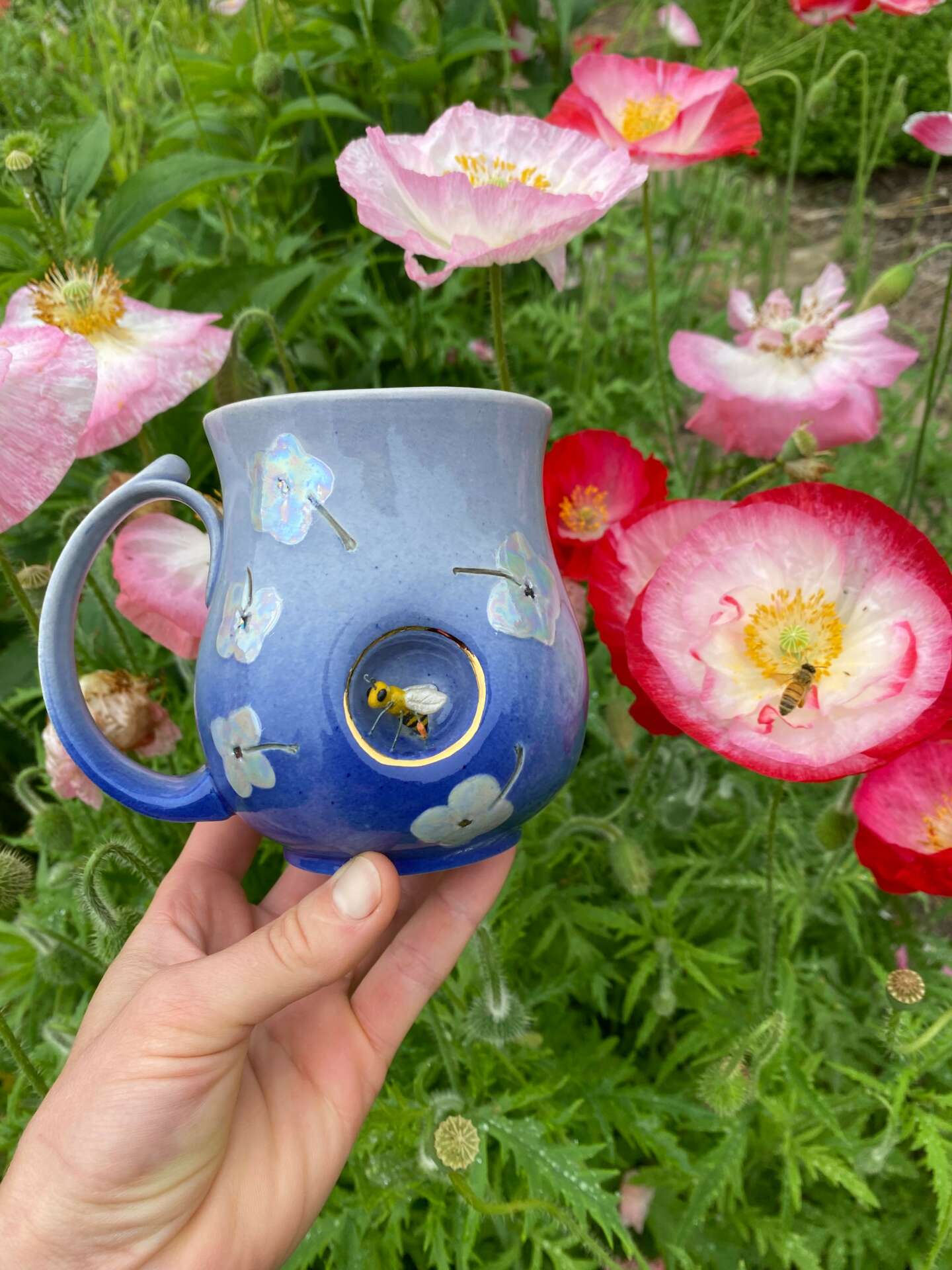
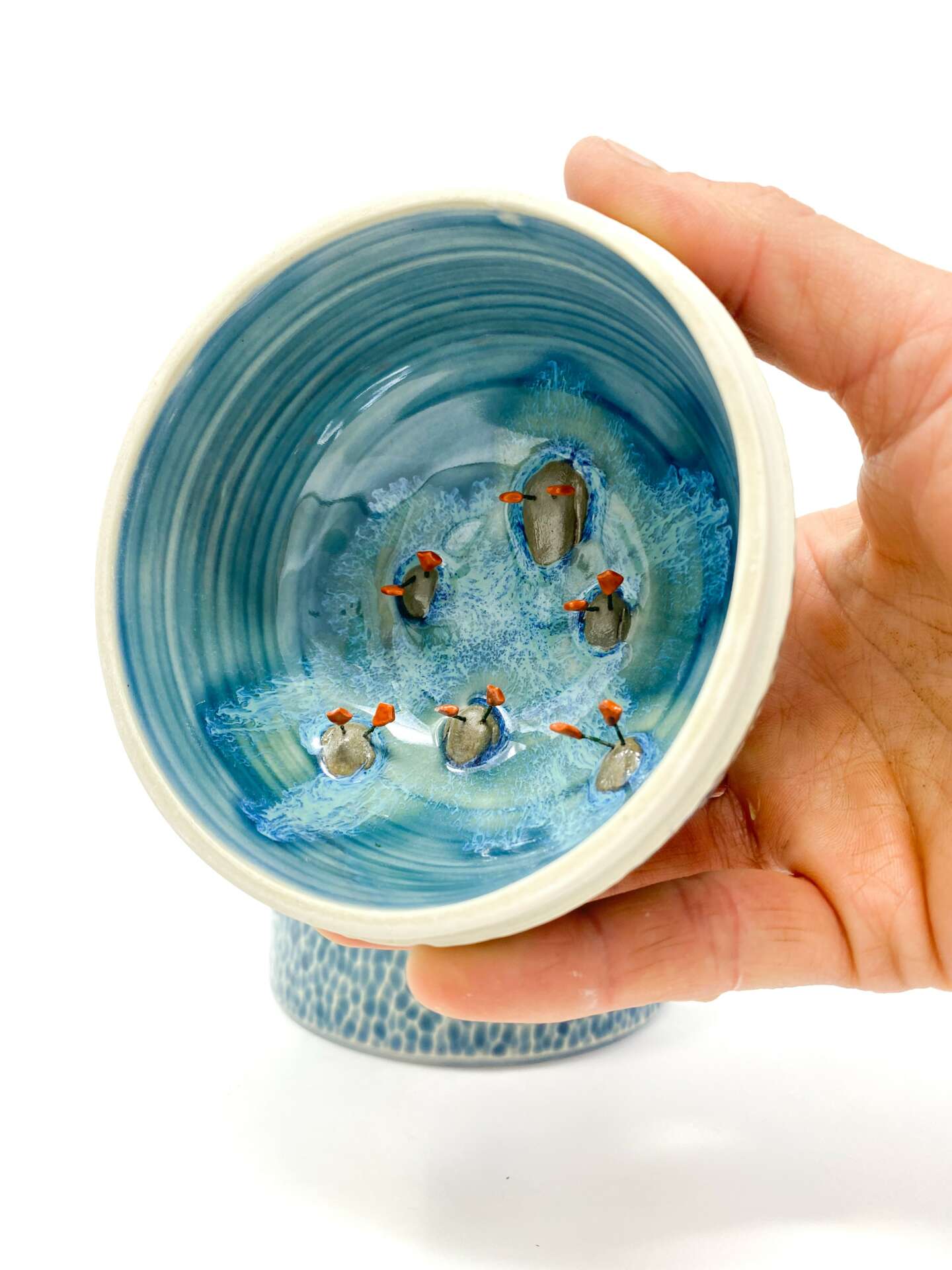
As always, we appreciate you sharing your insights and we’ve got a few more questions for you, but before we get to all of that can you take a minute to introduce yourself and give our readers some of your back background and context?
The most common theme in my art has been nature which makes sense as I have spent most of my life in beautiful settings. I grew up on the Front Range of Colorado, spent several years traveling, and for the last twelve years have resided on the banks of Merrymeeting Bay, a tidal estuary and migratory stopping point for a large variety of birds. With each passing year I seem to gain a deeper love and appreciation for the natural world around us, as a tree gathers rings.
My childhood molded me, as it often does, into who I am today. I was raised in a family of animal lovers in which my parents allowed my brother and I to have many different kinds of pets, from the typical dogs and cats to less likely ones like turtles and birds. Other than teaching me a love for living things, I am also incredibly fortunate to have been raised by parents who fostered both creativity and responsibility. My dad owned and ran a restaurant, and my mom helped out while taking care of my brother and I, as well as honing her skills as a pastel artist. The restaurant was seasonal, located in the mountains which was an hour drive from our home. My dad would move up to the mountains in May and would live there all summer, not returning until October. In order to spend time with him we would drive up there and stay the weekend with my grandparents while my mom helped out at the restaurant. Once we were old enough – I was 12 and my brother 14 – my parents put us to work and we began bussing tables. We would get tipped out by the wait staff based on how well we did and how hard we worked, teaching us the importance of working hard and earning/handling money at a relatively young age. As my brother and I got older my mom spent more and more time honing her art. She participated in our local art guild, entered shows, was accepted into galleries, and went on to win many awards.
After graduating from high school I had no idea what I wanted to do. I loved making things, but my interests were vast. Being a businessman, my father told me to go into the business school – it was easier transferring out than transferring in. So I heeded his advice and ended up with a marketing degree as it allowed the most amount of creativity. I spent many years working and saving money, but didn’t really know what I wanted to do “when I grew up.” At least not until I began taking pottery classes at a local pottery studio. From there I took a leap of faith, which landed me a job with a successful ceramic artist who turned into my mentor. Several years later I took another leap of faith and am going into my seventh year full-time with my art. It hasn’t always been easy, but it has been very fulfilling.
I have dabbled in a variety of mediums, but ceramics captured my heart and allowed me the deepest connection with nature, literally sculpting mud into art. Over the years my art has evolved and morphed, similar to that of a meandering river. My most recent body of work incorporates tiny animal sculptures nestled into nooks of mugs, bud vases, and perched atop bowls. My art allows me to share my love of nature and connect with similar, like-minded individuals. The more time I spent outdoors in nature the more inspired I become.
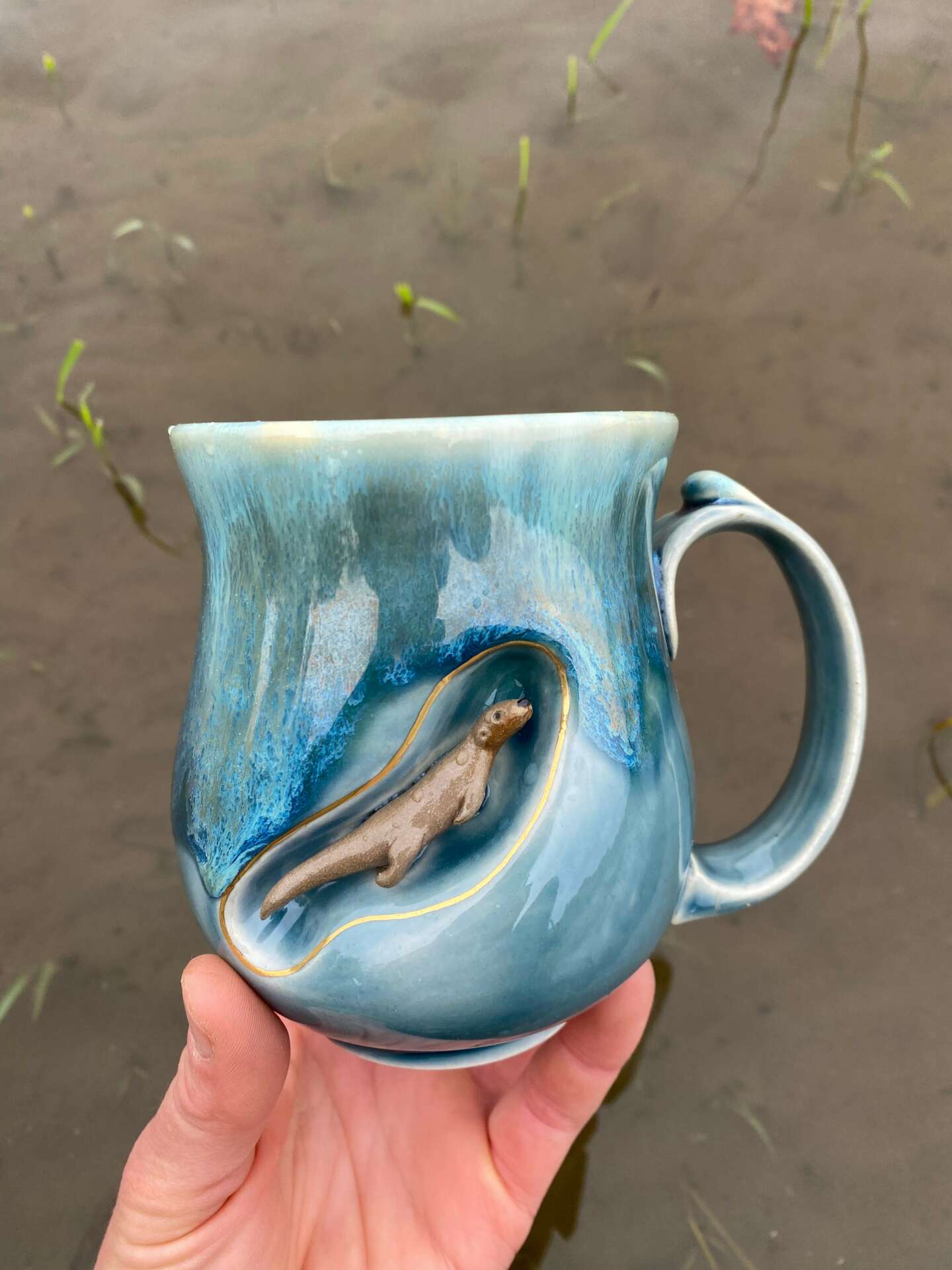
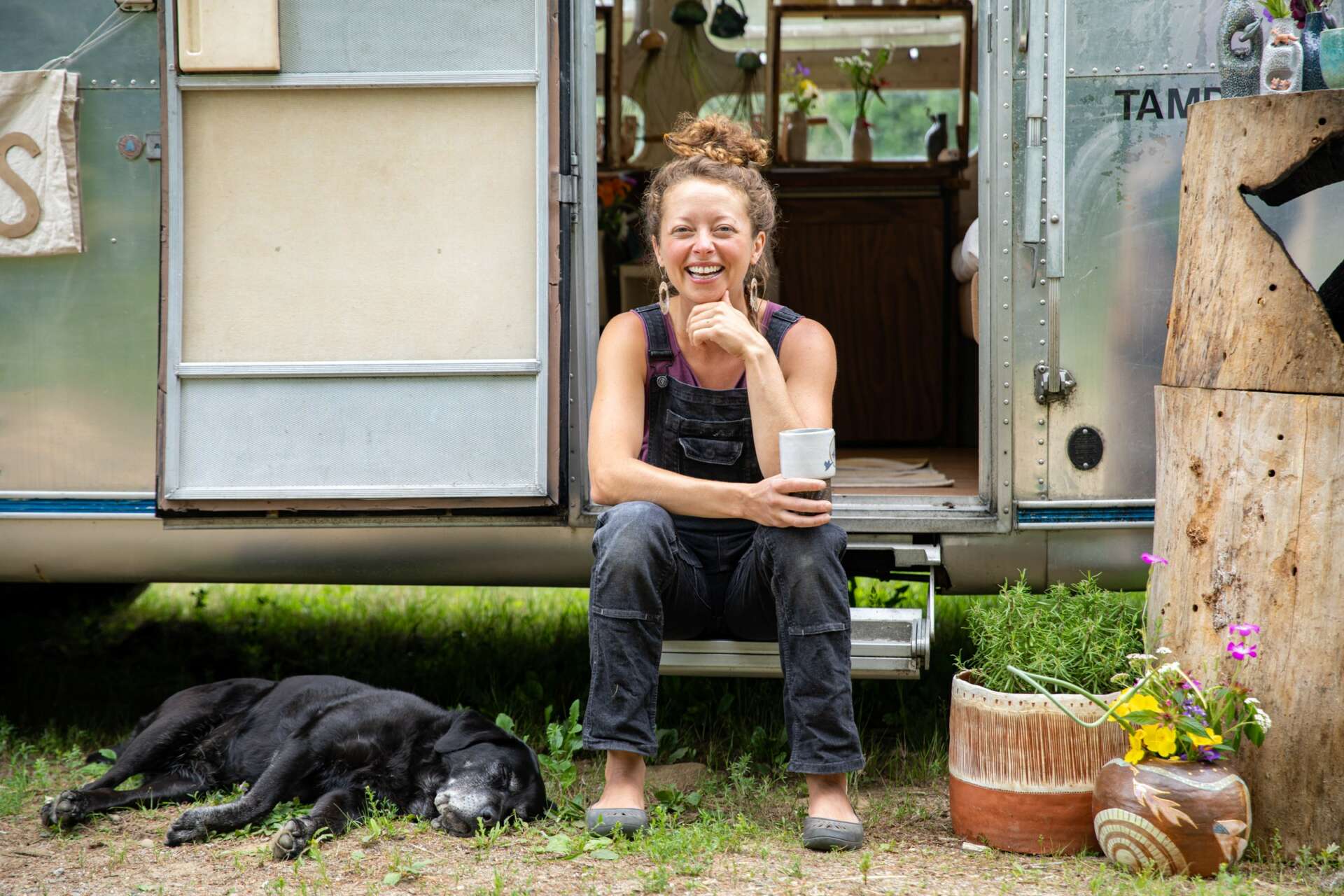
What do you think is the goal or mission that drives your creative journey?
I am driven by my love for nature. My mission is to share that love and knowledge with other people. Our world is in a state of emergency, with weather patterns becoming more extreme, water levels rising, pollution of all sorts becoming more prolific, and so on and so forth. I think one of the root causes is that there is a HUGE disconnect between people and the natural world. We are all so used to our comforts and a life of convenience and ease, like not having to wash a cup because we can simply throw it away, not thinking about the impacts of millions of people doing that over and over again, day in and day out. We don’t think about the impacts that our actions have on the world around us such as how cars and roadways can change migratory patterns by cutting off habitats, or the light pollution that changes sleeping patterns in local wildlife. With each piece I make I hope to help forge a connection with a specific species and to help educate people about the lasting impacts we have.
I have partnered with different non-profits focused on habitat preservation and/or wildlife conservation and have helped raise money through auctions and raffles. I know as one person I can’t solve these massive problems facing our world, but even if I educate or inspire one person to change their habits, or support other organizations that have a wide reach with the same mission, then I have accomplished my goal. Education is power.
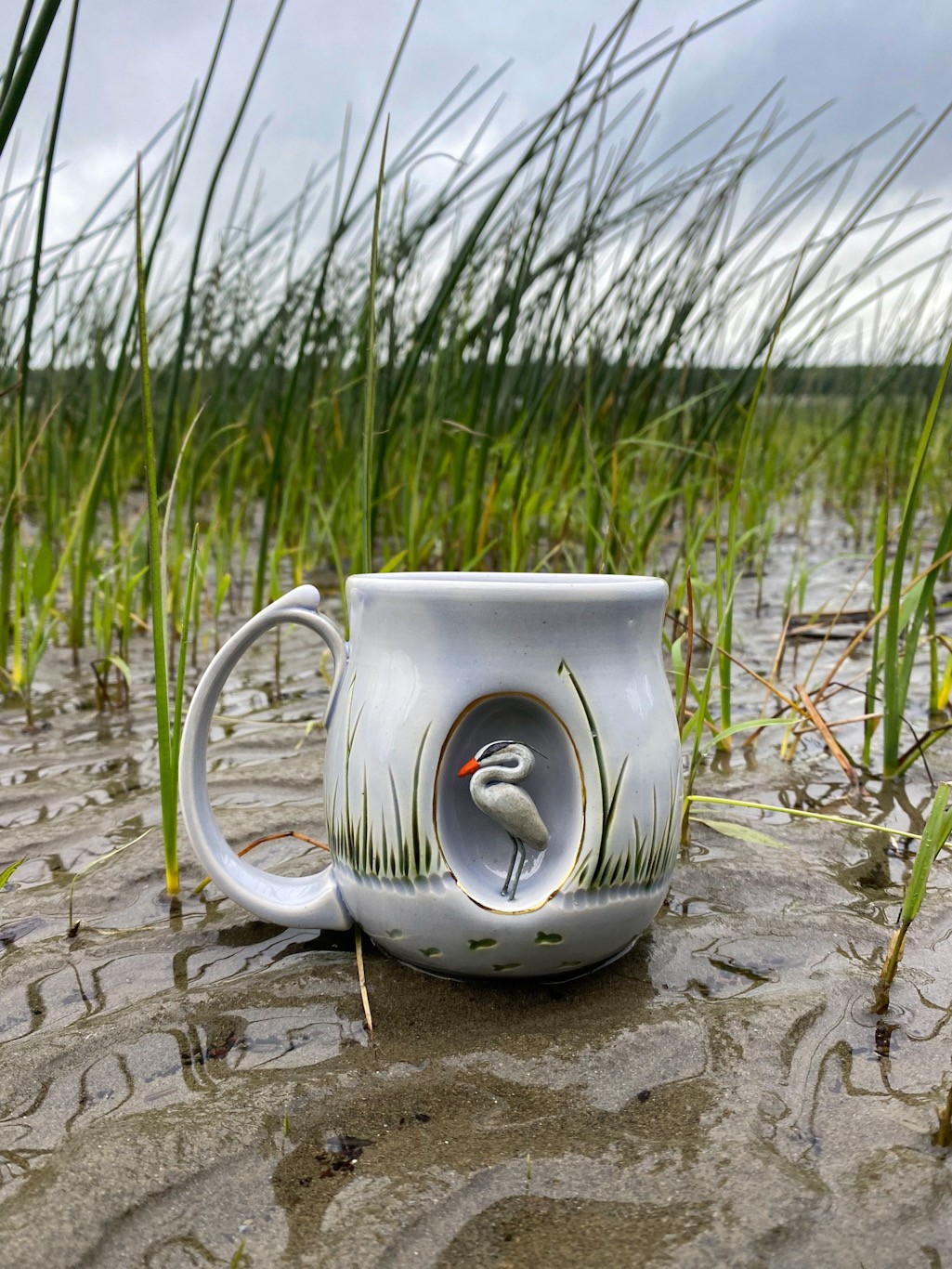
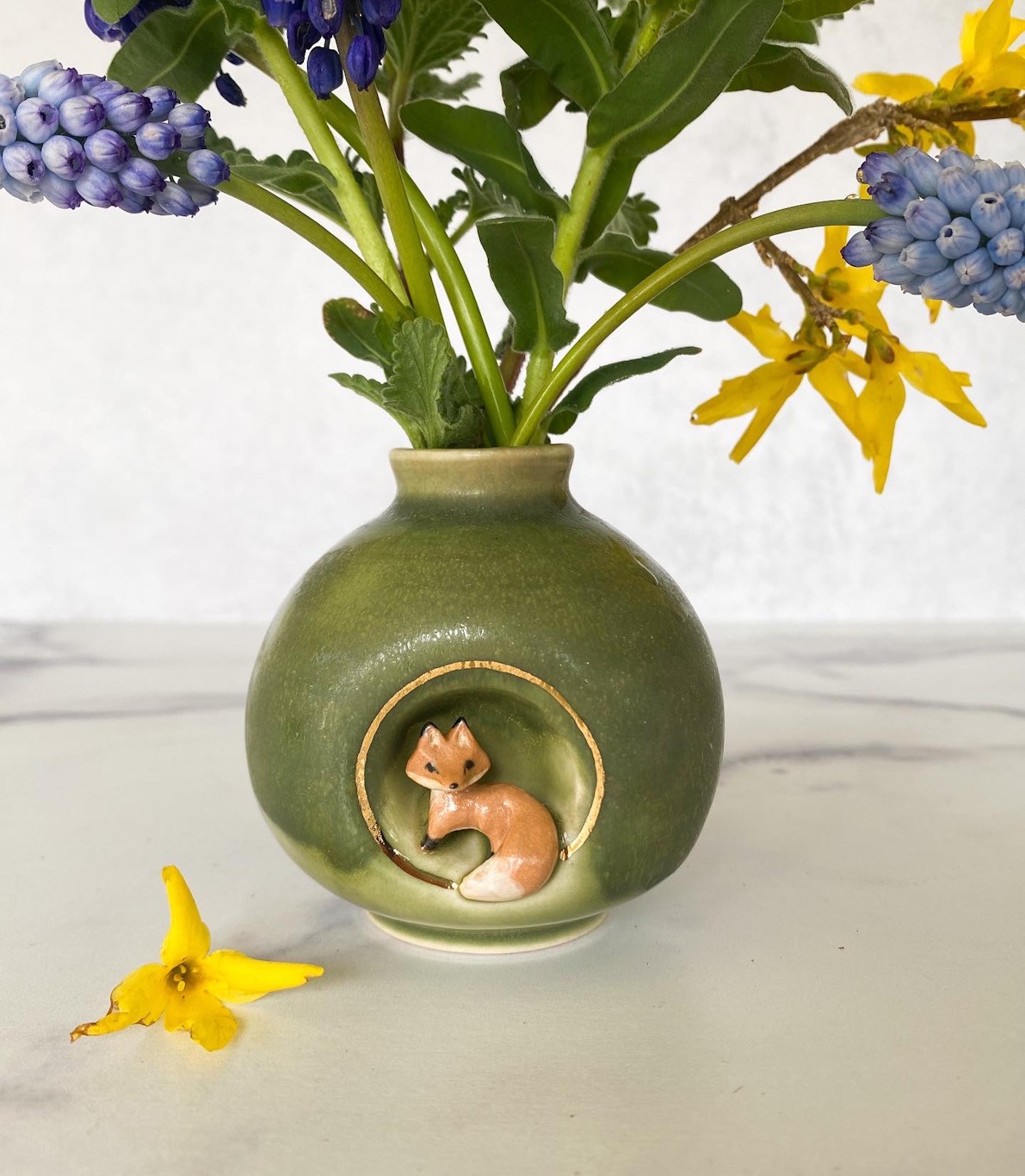
Any insights you can share with us about how you built up your social media presence?
First of all, let me just say that social media has both it’s positive and negative aspects. It is challenging on so many levels, but it is SUCH a powerful marketing tool and truly invaluable to creatives. And not just that, but other than time invested, it is free! It’s truly remarkable. I owe a large portion of my success to social media. I often think of it like the “Field of Dreams”: If you build it, they will come.
It, like many aspects of a small business, requires hard work and dedication. Occasionally people’s accounts go viral overnight. But more often that not it takes awhile to grow your following. You can post hundreds and hundreds of pictures and reels and it feels like there is a single cricket serenading you. The key is to just keep posting. I’m sure you’ve heard it a hundred times, but be consistent. Post every single day. Put yourself out there. Share anything you think is interesting. If you don’t think anything you’re doing is interesting then neither will your audience. You’ll get in a slump sometimes where you can’t think of anything to post. But just tap into when you first started your creative practice – what did you find interesting and exciting? Look at your art from a beginner’s point of view. There is always something to share!
Patience is SO important. Even if it doesn’t feel like anyone is interested in what you are sharing you will eventually stumble across something that gets a lot of likes/shares/comments. Learn from that. Repeat what is successful. You also have to be willing to bend and grow with your audience in order to be successful. Making art can be 100% about what you want to make, but SELLING art is a collaborative process. You have to like what you’re making enough to make it over and over again, and your customers have to like what you’re making so much that they are willing to buy it. Sometimes that means changing your art in a way that is mutually agreed upon. Social media allows you to figure out what people want and to test different audiences.
So my advice is to be patient, be consistent, and be responsive.

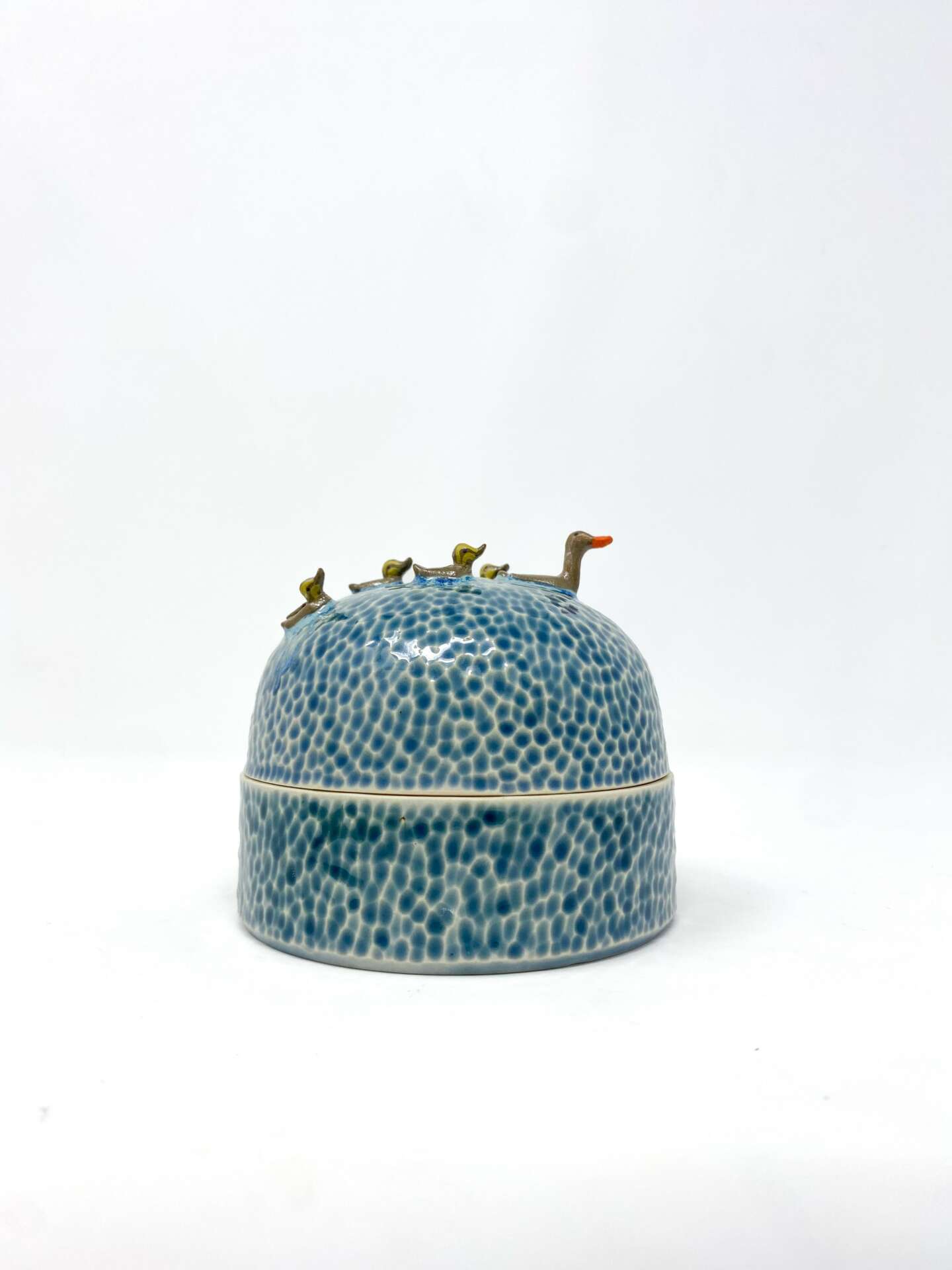
Contact Info:
- Website: www.APCuriosities.com
- Instagram: @apcuriosities
- Facebook: https://www.facebook.com/apcuriosities
Image Credits
Image of Brooke Knippa: Rebecca Conley


